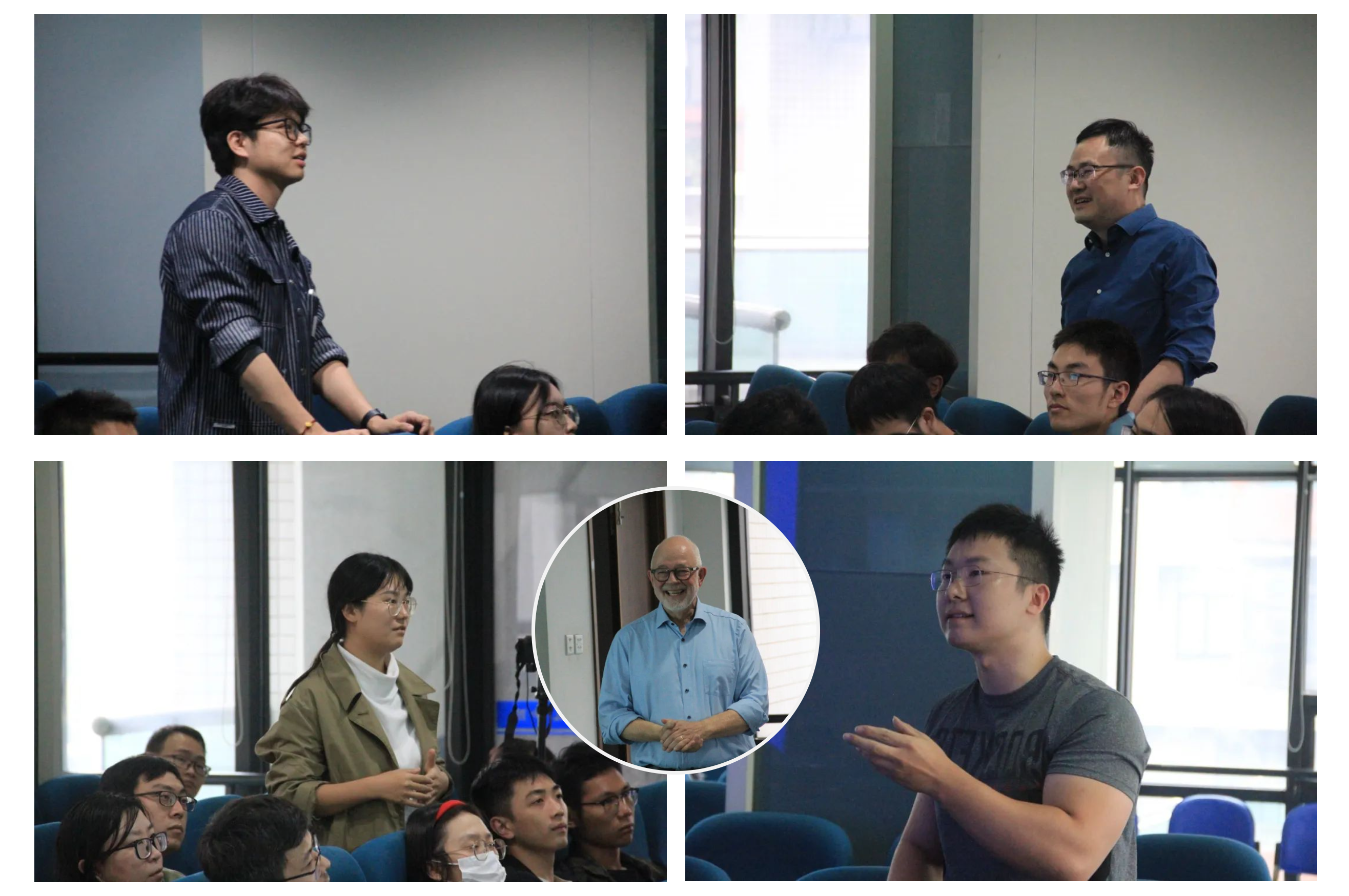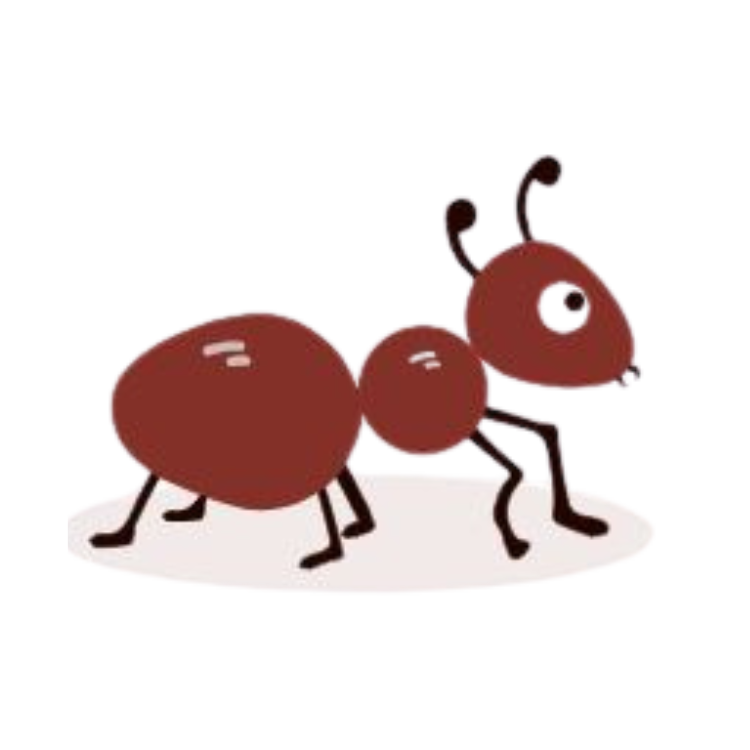10 / 27 / 2023
15:00 ~ 17:00
205, Comprehensive Building , School of Medicine
The whole school
Koos Boomsma:An Evolutionary Perspective on Medicine
Christy Hipsley:Visualising evolution in 4D: prospects and challenges for integrating genomics with large-scale CT datasets
Back to List
On October 27, 2023, upon the invitation of The Center for Evolutionary & Organic Biology at Zhejiang University, Professor Jacobus J. Boomsma from the University of Copenhagen and Associate Professor Christy Hipsley delivered lectures on evolutionary medicine and morphological evolution. The session was hosted by Professor Guojie Zhang and saw the active participation of numerous faculty and students from the School of Medicine, College of Life Sciences, and other related departments, engaging in in-depth discussions.
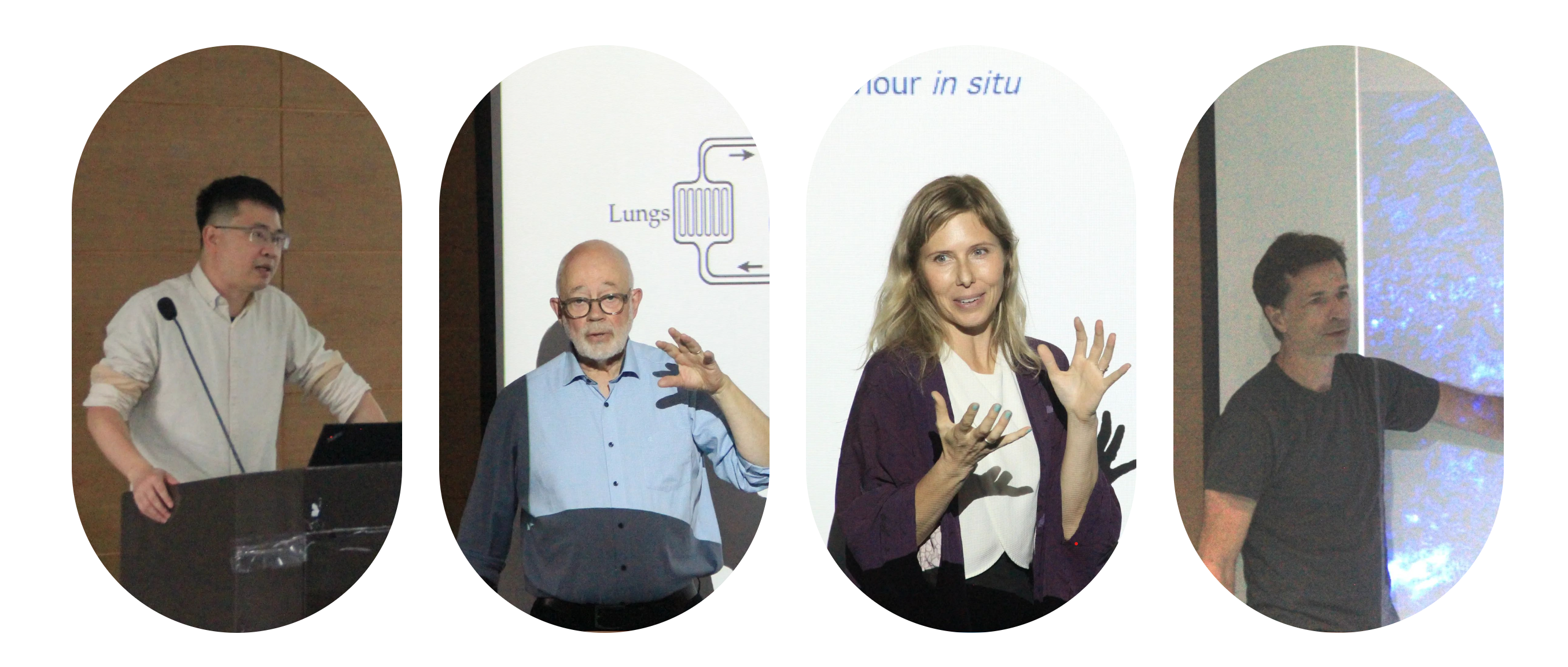
Koos Boomsma has directed the Copenhagen Centre for Social Evolution since 2005. He is an Elected Member of the Royal Danish Academy of Sciences and Letters (1998) and was awarded an honorary doctorate from the University of Helsinki (2010) and a Knighthood from the Royal Danish Order of Dannebrog (2015). He also received the Quadrennial Hamilton Award for Outstanding Lifetime Achievement from the International Union for the Study of Social Insects (2018). His principal research interests include: Social Evolution, Cooperation and Conflict, Mating systems, Coevolution, Conservation, Genomics, and Evolutionary Medicine.
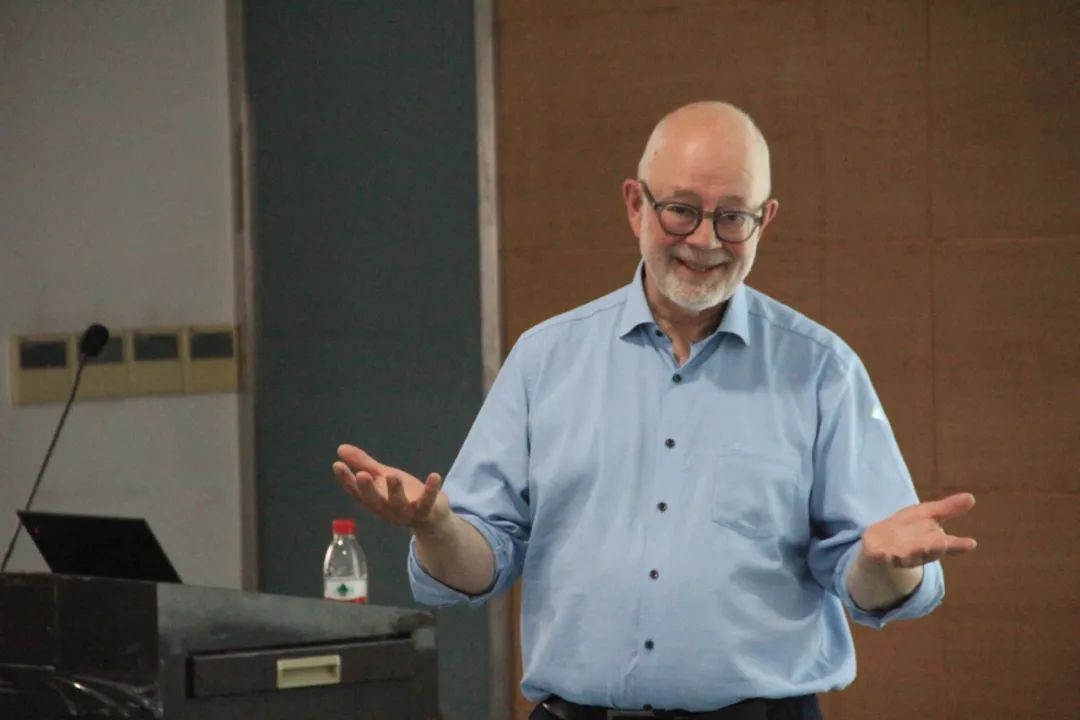
Professor Boomsma delivered a lecture titled "An Evolutionary Perspective on Medicine".
“While the achievements of molecular omics-driven medicine are beyond doubt, it is interesting to contemplate that there is no overarching theory of medicine. The field seems content with physiological, biochemical and physical concepts because they jointly offer what medical researchers need to understand conditions of health and disease and to design treatments. Complementary questions of why humans are vulnerable to infectious and degenerative disorders are rarely asked because they seem to lack relevance for clinical practice. Yet, there are many examples where an evolutionary perspective illuminates medical challenges and can help medical doctors to prioritize between future research directions. I will present five principles that an evolutionary biologist interested in medical questions will naturally consider: 1. The fact that natural selection in our distant and recent past has only promoted health as long as it increased reproductive success; 2. The likelihood that even in affluent societies reproduction is costly and can trade-off with health later in life; 3. That ancestral natural selection has consistently maximized gene copies in future generations, not personal offspring; 4. That this gene’s eye perspective implies that seemingly harmonious events such as a pregnancy may be subject to reproductive conflicts between the maternal and paternal genomes that form a fetus and its placenta, and; 5. That seemingly vestigial organs such as tonsils, adenoids and the appendix may continue to have subtle, long-term health-protecting functions that deserve to be considered. In this talk, I will present both the evolutionary logic behind these topics and case studies illustrating that evolutionary thinking can identify unsuspected vulnerabilities of clinical relevance. ”
Christy Hipsley received her PhD in 2012 from the University of California, Santa Cruz, followed by a DFG-funded postdoc at the Museum für Naturkunde Berlin, where she also worked as a CT technician. From 2015 to 2020, Christy was an Australian Research Council Fellow at the University of Melbourne, Australia, and a Research Associate at Museums Victoria, where she used their vertebrate collections to reconstruct Australia’s evolutionary past. She is currently an Associate Professor at University of Copenhagen, Denmark, with projects on dog origins, marine mammal neurobiology, turtle morphology, and limb loss in lizards, among others. Her CT images have been featured in museum exhibitions, children’s science programs, The New York Times and the BBC, demonstrating the public’s fascination with the visualisation of evolutionary history.
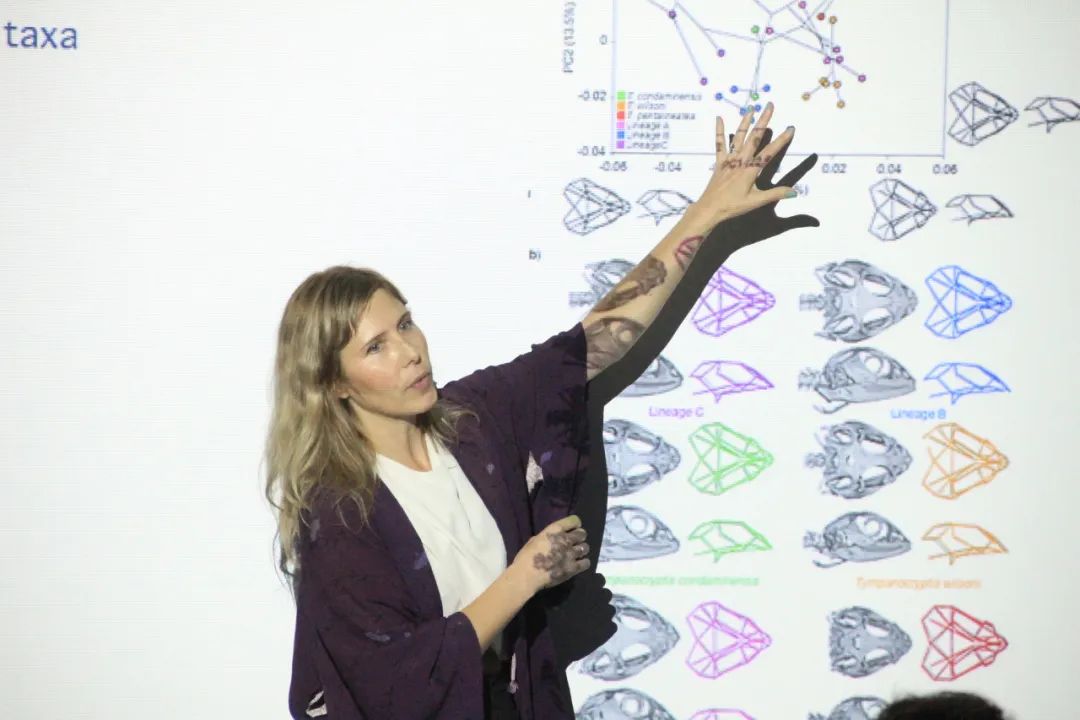
Associate Professor Hipsley presented on "Visualising Evolution in 4D: Prospects and Challenges for Integrating Genomics with Large-Scale CT Datasets".
“X-ray computed tomography, or CT, has become a primary tool for visualising biological specimens in 3D, be it fresh tissue, ethanol-preserved organisms, or mineralised fossils from millions of years in the past. In this talk, I will present examples from my career of the diverse applications of CT in museum-based research, using a growing toolkit of methods to quantify phenotypic variation in space and time. So far, the collection of biological CT data has focused on single or few specimens, whose phenotypes can be mapped onto a molecular phylogeny as low-dimensional shape variables. However, as both mass digitisation efforts and whole-genome sequencing advance, we face the opportunity to integrate these datasets at the individual level to test outstanding hypotheses in evolutionary biology. But how can we make these data types compatible in a statistical framework, and what kinds of questions should we ask? I will discuss what I see as the prospects and challenges of integrating multiomic (phenomic + genomic) data in high resolution, for example using AI and Bayesian modelling. Expansion of this analytical bottleneck would serve to harness the untapped potential of large-scale CT datasets in evolutionary research, for example, to identify organismal responses to climate change across entire ecological communities.”
Following the presentation, the attending faculty and students enthusiastically posed questions, expressing their inquiries and reflections, initiating an enlightening discussion with the presenters. This showcased their keen interest in and support for evolutionary biology. These proactive inquiries and lively discussions added greater value and depth to the presentation. The active participation of attendees not only showcased their enthusiasm for academic inquiry but also brought forth additional viewpoints and considerations, fostering opportunities for academic exchange and collaboration.
